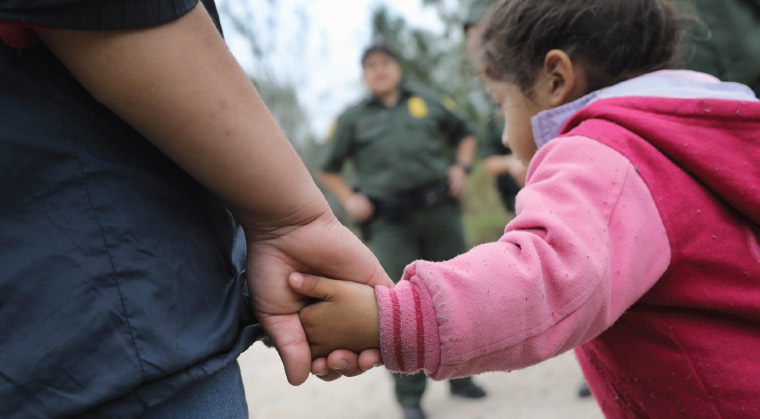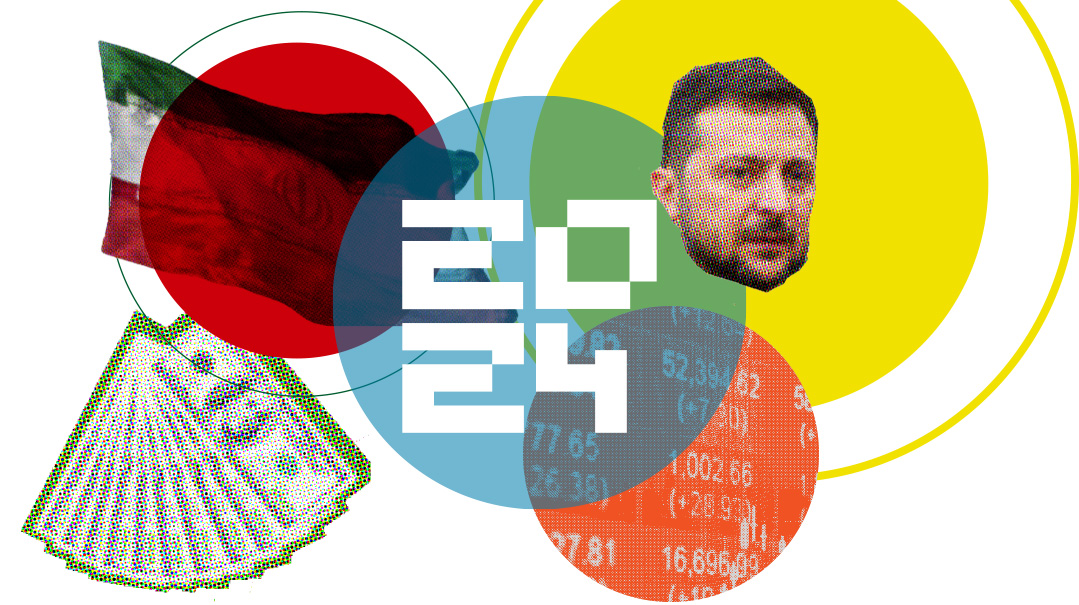On the Run


Photos: AFP/IMAGEBANK
T
here is no more explosive issue on the national agenda today than immigration, specifically illegal immigration, and the United States’ attempt to define under what circumstances illegal immigrants should enter the country.
President Trump has now signed an executive order that will keep illegal immigrant parents united with their children, but the national debate continues to boil, fueled in no small part by the president’s tweets. Indeed, President Trump has made immigration a focus of his presidency, allying himself with those who believe that illegal immigration is changing the nature of the country and taking away jobs from native-born Americans.
To gain some perspective on the issue, we researched how immigration on the southern border differs from years past and took a look at the profile of a typical immigrant coming across the southern border.
What makes immigration different today?
When discussing illegal immigration to the US in 2018, what comes to mind is Mexico, the controversy over a separation wall, and pictures of illegal immigrants apprehended at the border by the National Guard. Mexico has become the symbol of President Trump’s campaign against illegal immigration.
Nevertheless, the numbers indicate that Mexican immigration has declined in recent years. Although Mexicans still account for the highest number of immigrants living in the United States — 26% — more Indians and Chinese came to the United States in 2016 than Mexicans. The numbers of arrests made at the US-Mexico border has also fallen, from over a million in 2006 to 408,000 in 2016. In the first two quarters of 2017, there were 199,000 arrests at the border, compared to 186,000 the year before — slightly higher but still a far cry from the statistics of the early 2000s.
Who are the people smuggling across the border?
According to data from US Customs and Border Protection, between 2015 and 2016, the number of families arrested at the border from Guatemala, Honduras, and El Salvador more than doubled — from 32,000 to 70,000. During the same period, the number of Mexican families arrested at the border fell, from 4,200 to 3,400.
What accounts for the rise of immigrants from Central America? El Salvador has the dubious distinction of being the world’s most violent peacetime country. In 2015, it had a homicide rate of roughly 103 per 100,000 inhabitants. All three countries — Guatemala, Honduras, and El Salvador — share problems of street gangs, drug trafficking, weak law-enforcement systems, and state corruption. Despite comprehensive reforms in the judiciary and law enforcement agencies, all these countries are rife with corruption, violence, and drugs.
Do the citizens of these countries have legitimate claims of political asylum?
According to international and US asylum law, applicants for asylum must prove that they will be persecuted on the grounds of “race, religion, nationality, political opinion, or social group.”
Those applying for asylum based on a violent country of origin don’t qualify automatically. Nevertheless, in certain cases, the courts have interpreted the law such that asylum status could be granted to those who could prove “a well-founded fear of persecution.” Women and children — who are especially vulnerable to domestic and gang violence — are favored in this category.
Incidentally, it makes a big difference where an immigrant submits his or her application for asylum. In New York, for example, there’s a 75% chance an applicant will receive asylum status. In Georgia, the odds are only 10%.
Attorney General Jeff Sessions has raised two arguments against this more lenient application of asylum status. First, he says it might give an opening to gang leaders who claim they fear persecution. Second, because any immigrant can reasonably pass the “fear test.”
Trump says he wants to prevent the United States from becoming like Europe, which has taken in millions of refugees. Is that a legitimate fear?
It’s important to stress the obvious: every country has the right to defend its borders, to employ a selection process for those wishing to enter, and to keep out dangerous or questionable individuals. Every country also has the right to defend its character, and not to allow in a flood of immigrants who would change it from the inside.
That said, there’s no question that the European and American situations are completely different. Europe has been flooded with Muslim migrants arriving from Syria, North Africa, and other regions, threatening its secular-liberal nature.
In the case of the United States, it’s hard to argue that a few hundred thousand migrants, most of them religious Christians, will drastically alter the character of the host country. What’s more, the attempt to portray all immigrants from Central America as drug dealers and criminals is not only disproved by the facts, it smacks of fear-mongering.
- The US absorbs more immigrants than any other country in the world. According to statistics from 2015, 46.6 million people living in the United States were born outside the country. That number is almost four times as large as the second-most popular immigration destination, Germany, which has absorbed 12 million immigrants.
- Today, about 14% of the American population are immigrants. That’s the highest percentage in a century. In 1970, for example, the percentage of immigrants was only 4.7%.
- Nevertheless, there are countries where the percentage is much higher. In Canada, for example, 22% of the population are immigrants, and in Australia, 28%.
- Only 75.5% of immigrants enter the country legally. According to the best estimates, there are 11 million illegals, or 3.4% of the American population, a number that has remained stable since 2009. (Data: Pew Institute survey)
- El Salvador and Honduras are two of the five most violent countries in the world. (Data from Small Arms survey)
- In 2015, 3.4 million people from El Salvador, Guatemala, and Honduras lived in the US, compared to only 1.5 million in 2005. About 55% arrived without documents. (Data: Council on Foreign Relations)
(Originally featured in Mishpacha, Issue 716)
Oops! We could not locate your form.













